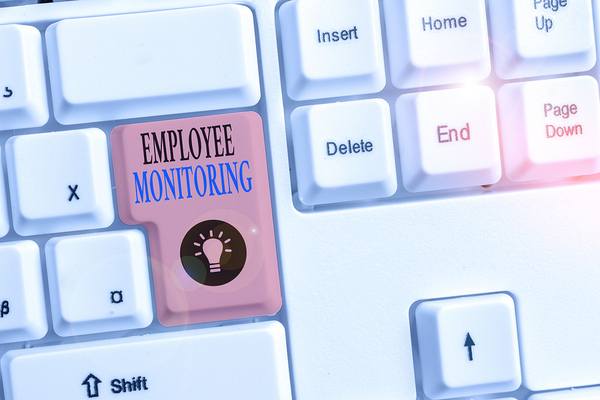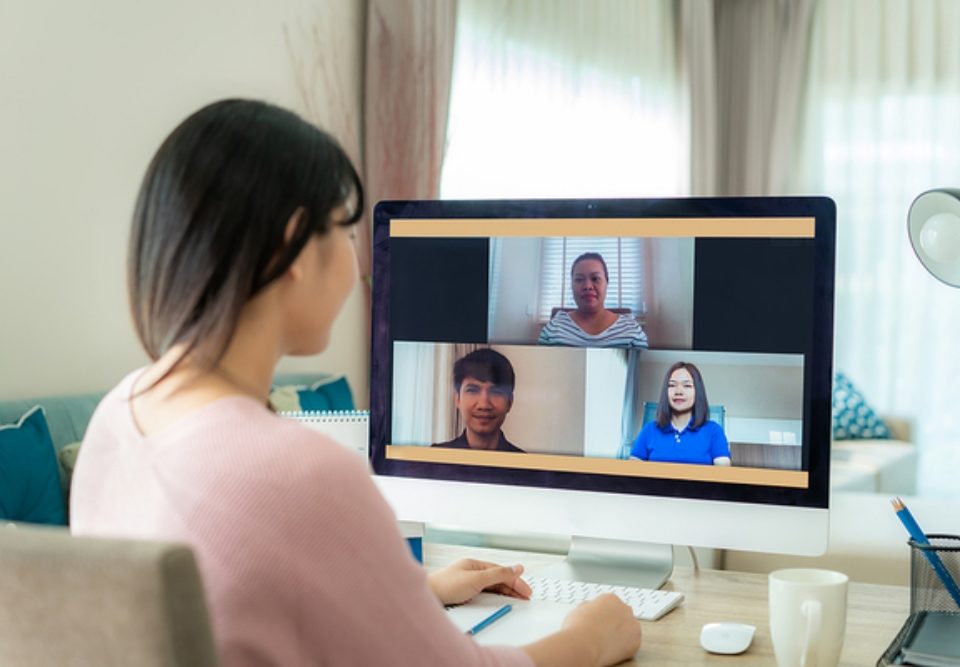
The CCPA and Employee Monitoring Laws: What Employers Must Know
February 18, 2020
Real Time Monitoring of Employee Computer Screens
February 21, 2020Is it Time to Monitor Employee Computer Activity at Work?

If you are reading this blog post, you’re probably considering whether or not it is time to monitor employee computer activity. There are a number of good reasons why you might want to keep tabs on what your employees are doing while they are using their computers at work.
Employees who use their computers for non-work-related activities cost the company money – sometimes just in lost productivity, but other times in more serious ways. For example, employees who use workplace equipment to view or share explicit or offensive posts and images can cause other employees to feel uncomfortable or even harassed, which could cost the company by causing them to lose a good employee or even cost them in legal expenses.
And employees who misuse company devices and the internet can also jeopardize the company’s security, bringing the risk of viruses, malware, and other security breaches.
If you want to successfully implement a monitoring process for your company, there’s a simple key to success that you need to know about.
The Importance of Transparency
Transparency is the key to successfully monitor your employees’ computer activity.
What’s the key to success when it comes to monitoring programs? Transparency.
It’s tough to keep secrets within any organization. If you start monitoring your employees without telling them, they’re sure to find out eventually. If the information doesn’t leak in some other way, they’ll find out when you inevitably have to confront an employee with their search history or a record of the time they spent on Facebook while on the clock.
When employees find out that they’ve been monitored without their knowledge, or that the monitoring was more extensive than they were previously told about, they feel like they’ve been spied upon. And that’s justifiable – almost nobody feels good about being the target of surreptitious monitoring, no matter how reasonable that monitoring might be.
However, with proper transparency, the same level of monitoring can seem unremarkable to the same employees. Workers are fully capable of understanding the reasons for employee computer monitoring, and many would agree that it’s necessary. They just want to be treated like adults.
However, this is another problem that can be addressed with transparency. Workers who have privacy concerns aren’t necessarily opposed to being monitored by their employers, they just want to know what data is being collected and how it’s being used. That way, they can make a determination about whether their data is safe.
Best Practices for Transparency
Make sure that you have a clear written policy explaining your monitoring practices.
So, if transparency is the key to successfully implementing a new monitoring policy, what’s the best way to ensure that you’re operating in a transparent manner? There are a number of best practices that you can use to make sure that your employees are up to speed and in the know so that you can operate your employee computer activity monitoring program without conflict.
Start by crafting a written policy. It’s always beneficial to have a written policy in place. That way you can be sure that everybody is on the same page – and if they aren’t, you have a document to point to that explains the policy, so that there can be no misunderstandings.
When you sit down to craft a policy, don’t just outline what you’re going to be doing to monitor your employees. Give some real thought to exactly what you hope to accomplish, and what monitoring strategies will get you to that goal. Are you just looking to boost productivity? Are you hoping to shore up security? Outlining your specific goals will help you plan a more effective monitoring strategy and will also help you be as transparent as possible.
You also need to think about what you’ll be doing with the data that you collect. How will you store it? How will you protect it? What will you use it for? Will you hold onto it indefinitely or delete it after a certain amount of time? Will employees be able to access their data or ask for it to be deleted?
Offering workers the ability to access their personal data and delete it is a requirement of the CCPA – the California Consumer Privacy Act – so if you have California-based offices or employees, you’ll definitely need to think about a system for allowing that.
When you have a clear and comprehensive plan for how you’ll monitor your employees and how you’ll use that data, you’ll be able to write up a privacy policy that will clearly explain to your workers how your new computer monitoring policy will work.
Make sure to take steps to ensure that every worker gets a copy of the policy, and make sure that they sign it so that there’s no confusion about what the policy is and what the workers have been told. Require that every new employee gets a copy of the policy and that you update it annually with your existing employees.
Keep in mind that using the right software to monitor employee computer activity is an important part of the process as well. You need software that’s customizable for your company’s needs and adaptable for your specific policies.



